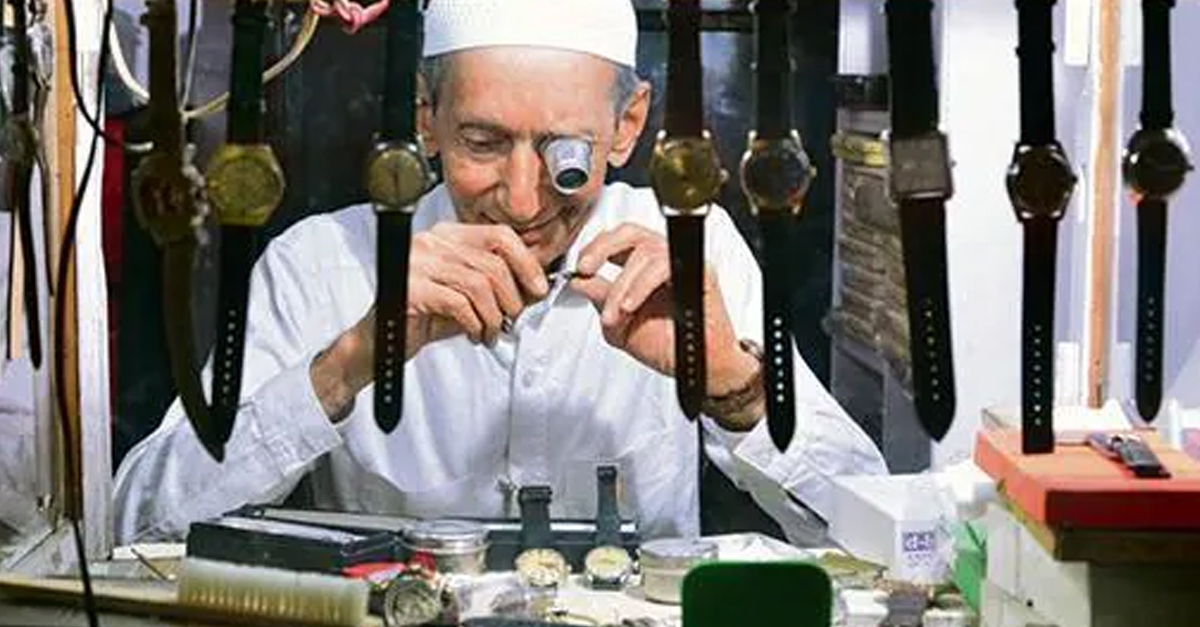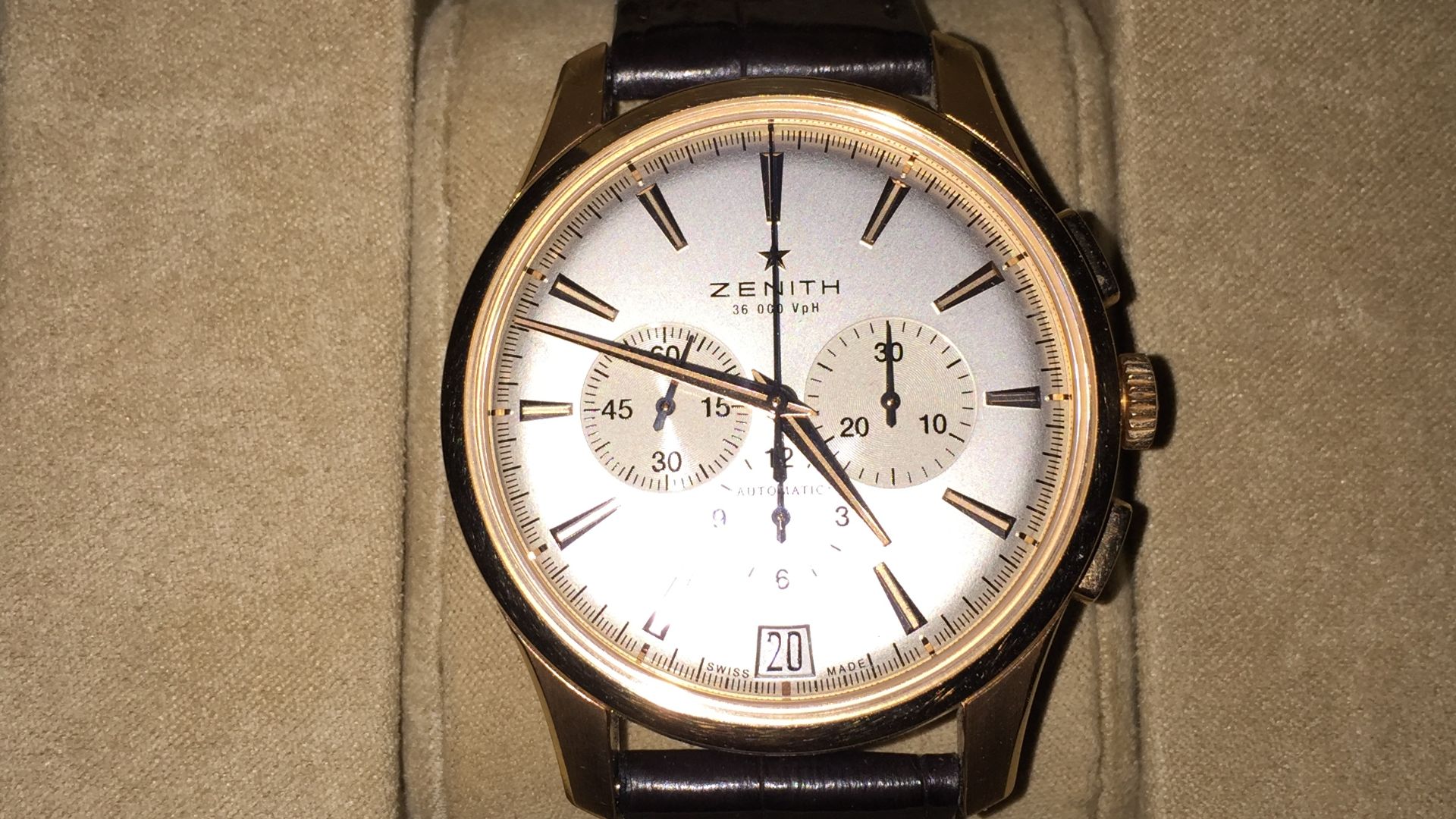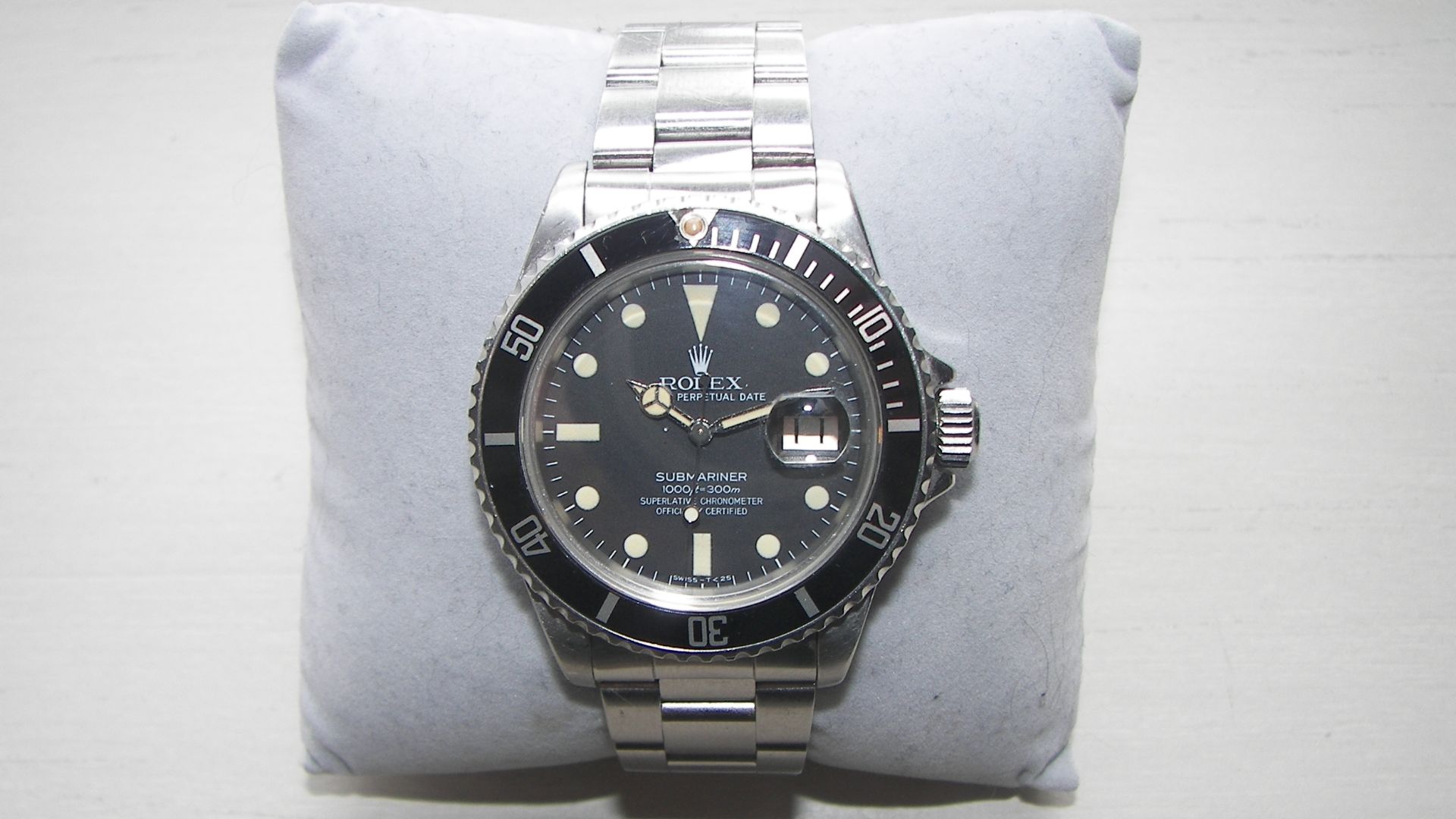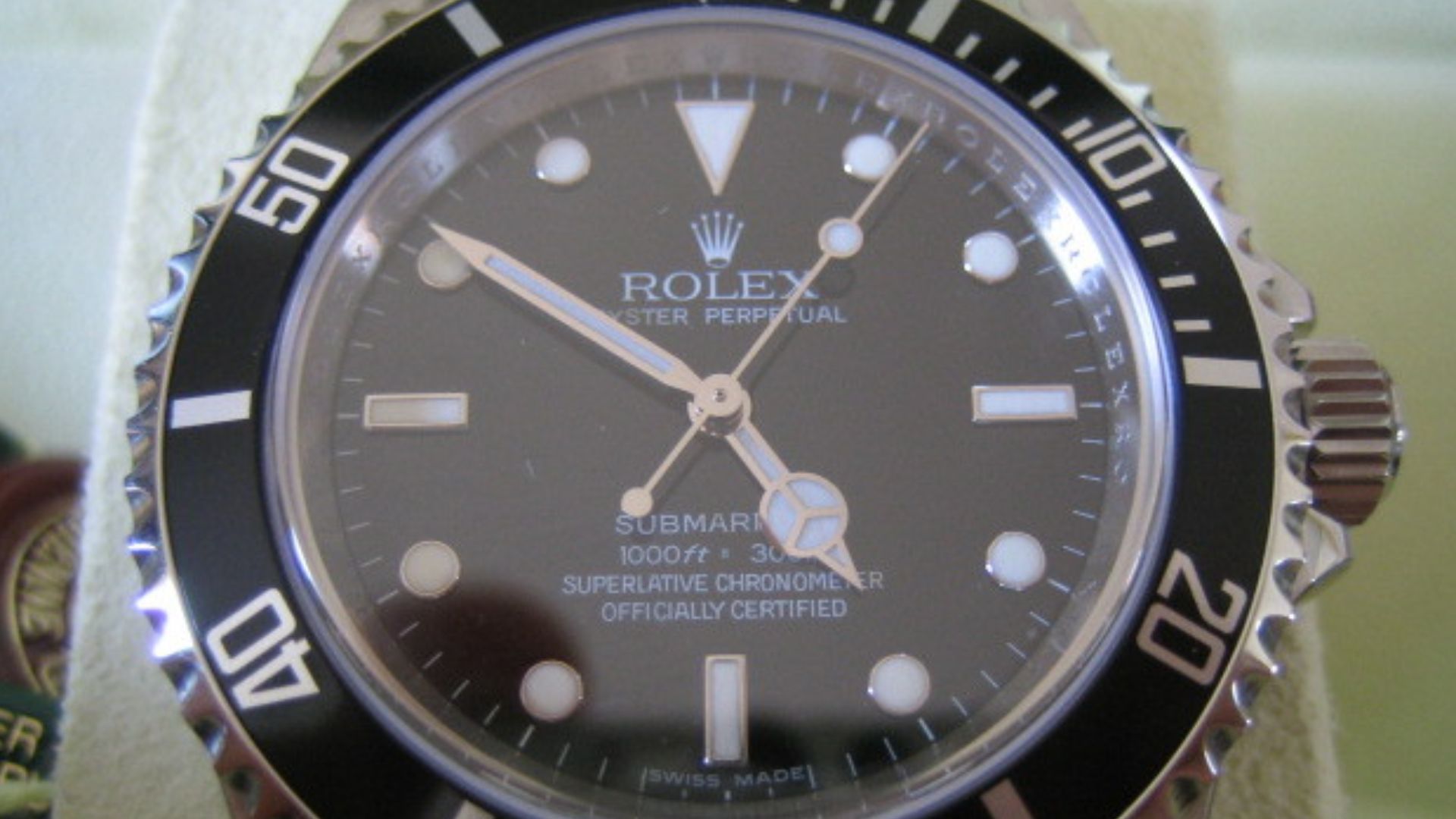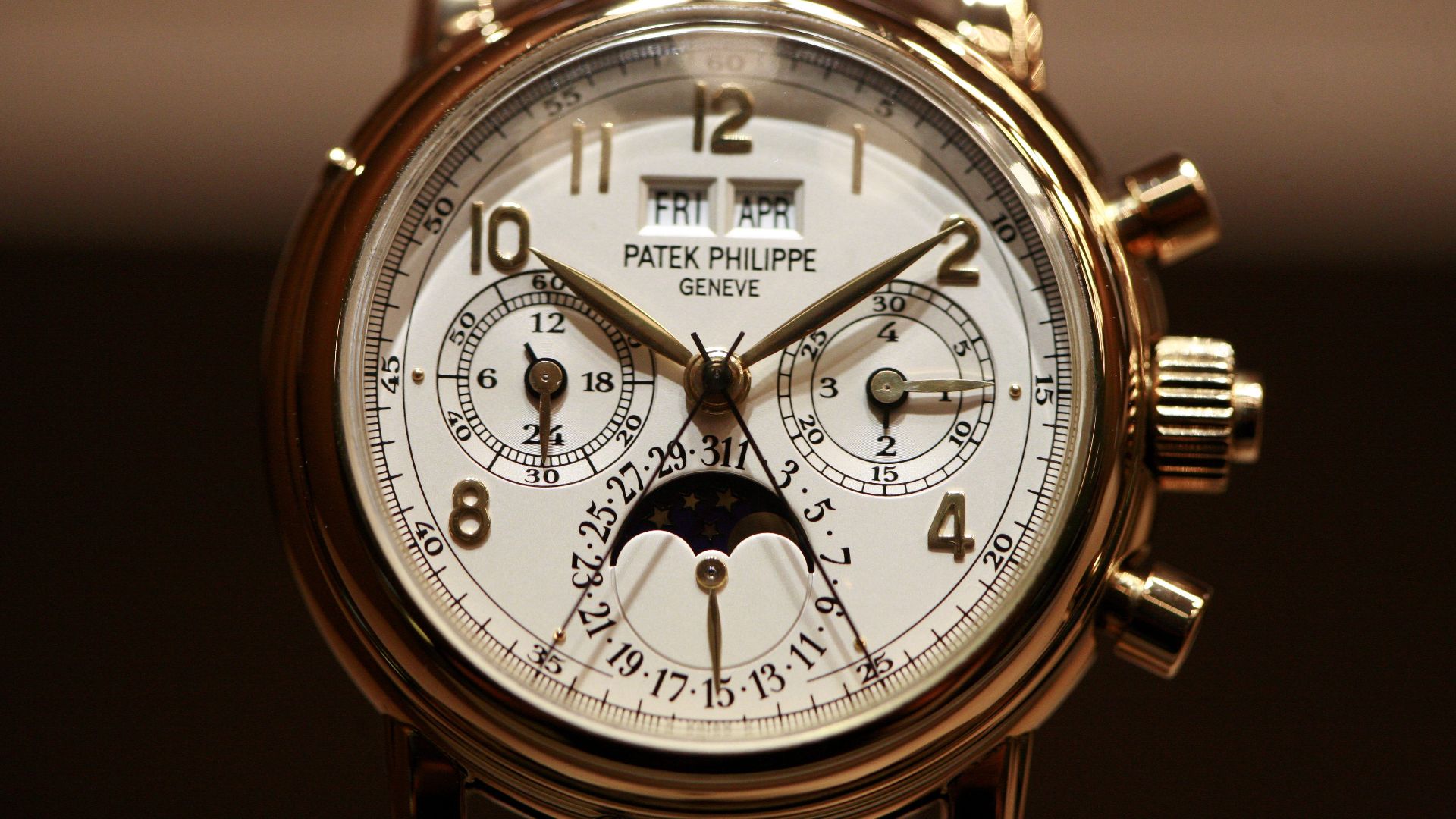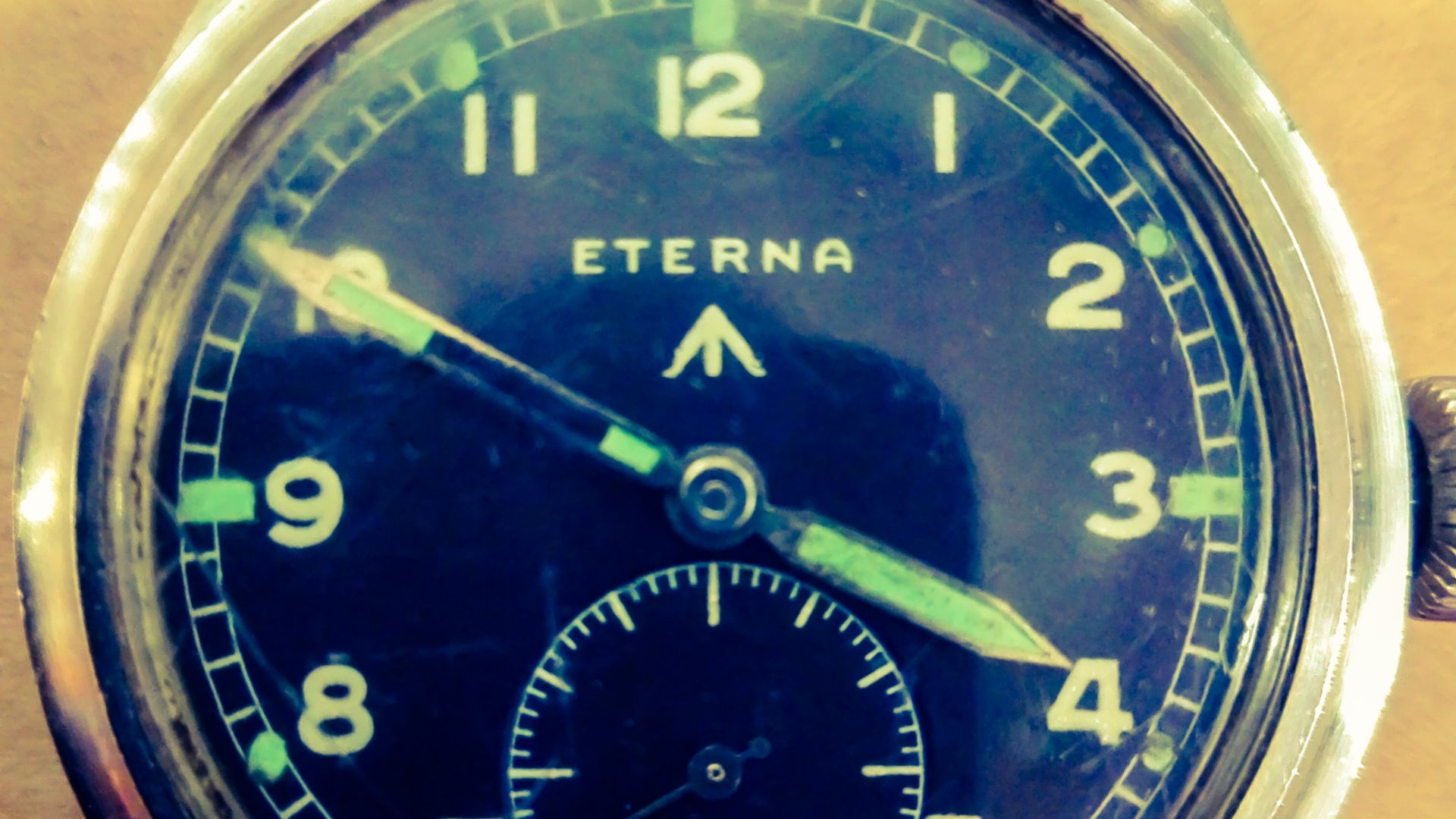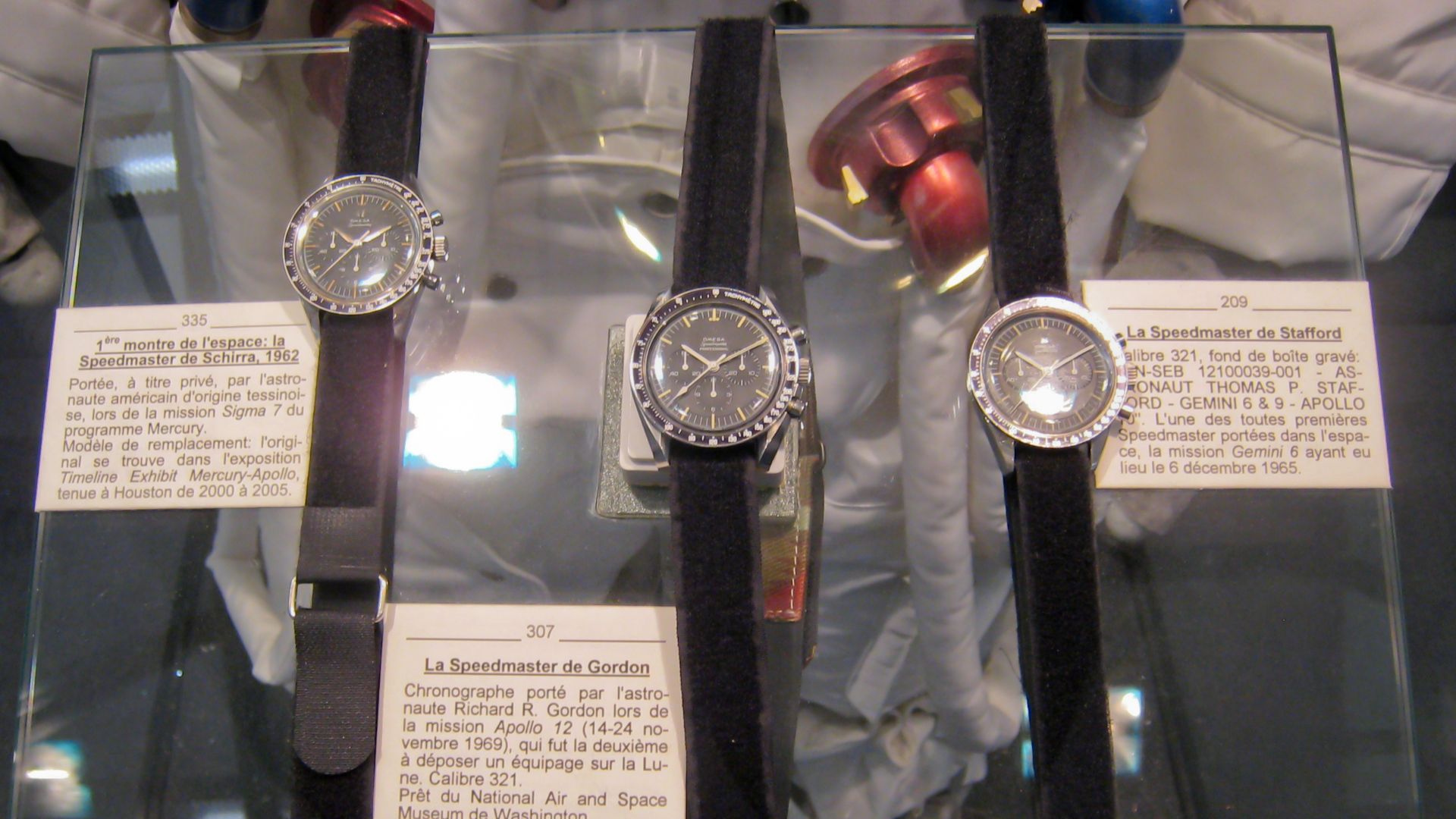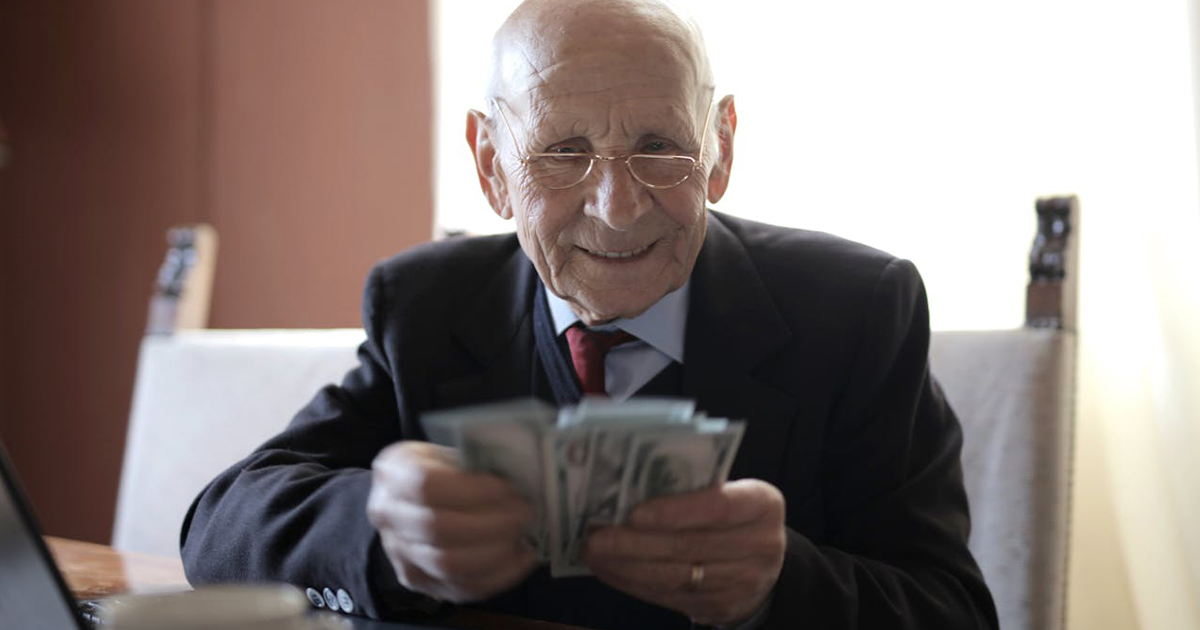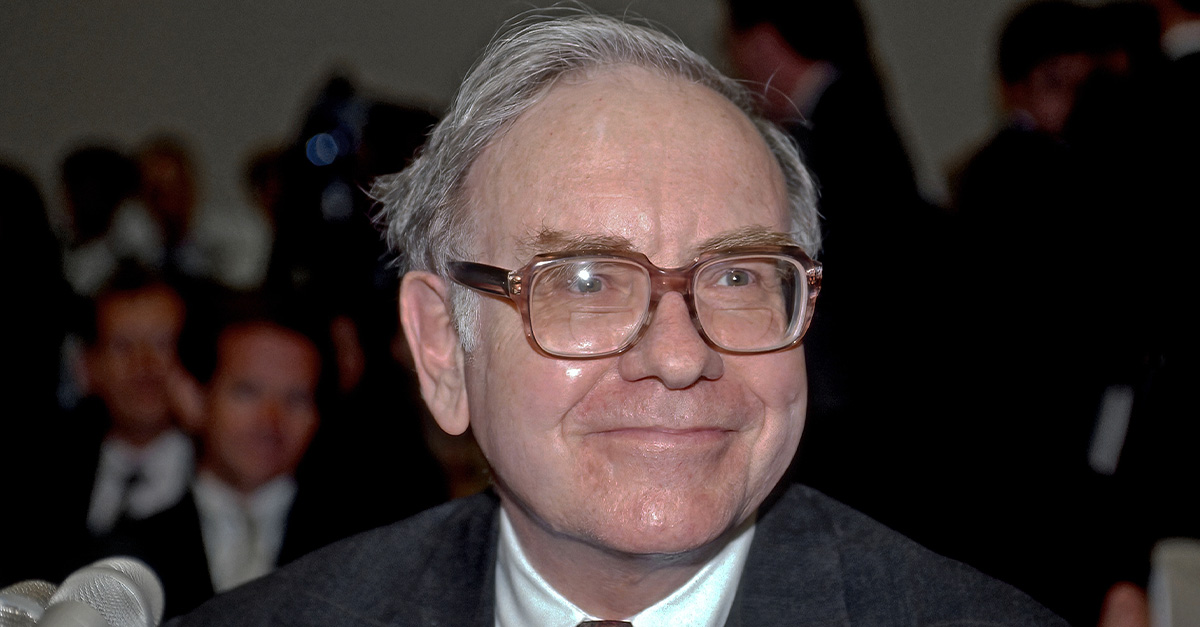Time For Money
Old watches carry history in subtle ways. Case materials, intricate movements, and tiny dial variations can dramatically affect worth. Knowing what to examine helps uncover the hidden potential in timepieces that might otherwise go unnoticed.
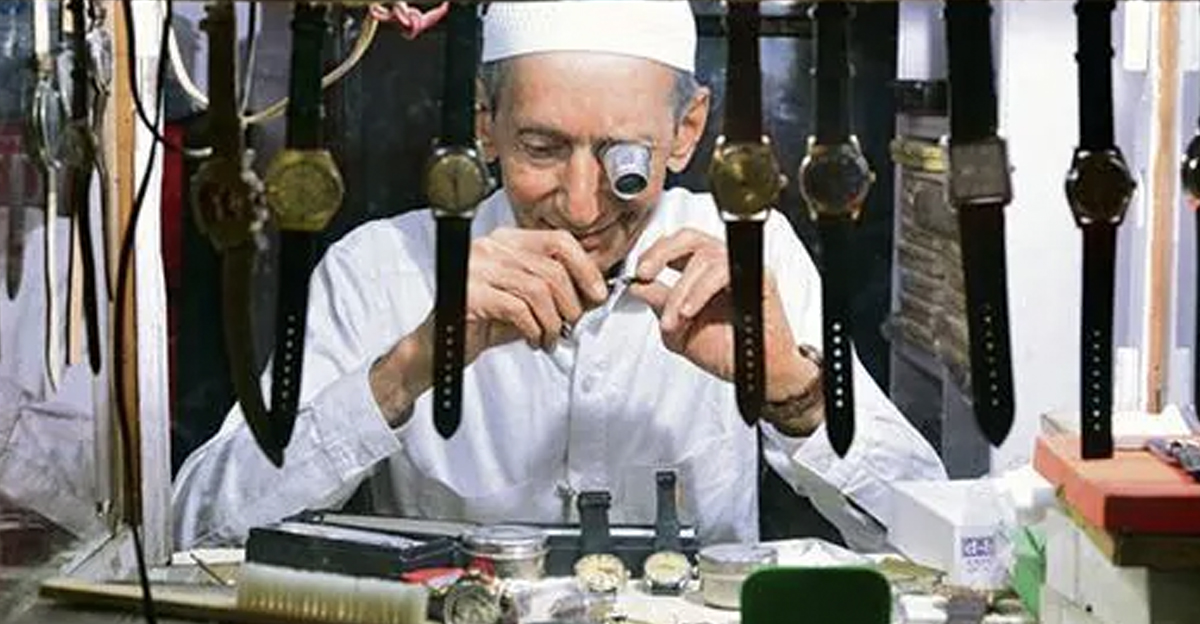
Brand Significance
Did you know some watch brands command prices 100 times higher than others? The name on your watch dial often determines its baseline value more than any other factor. Rolex, Patek Philippe, and Audemars Piguet consistently fetch premium prices, while brands like Omega and Vacheron Constantin follow closely behind.
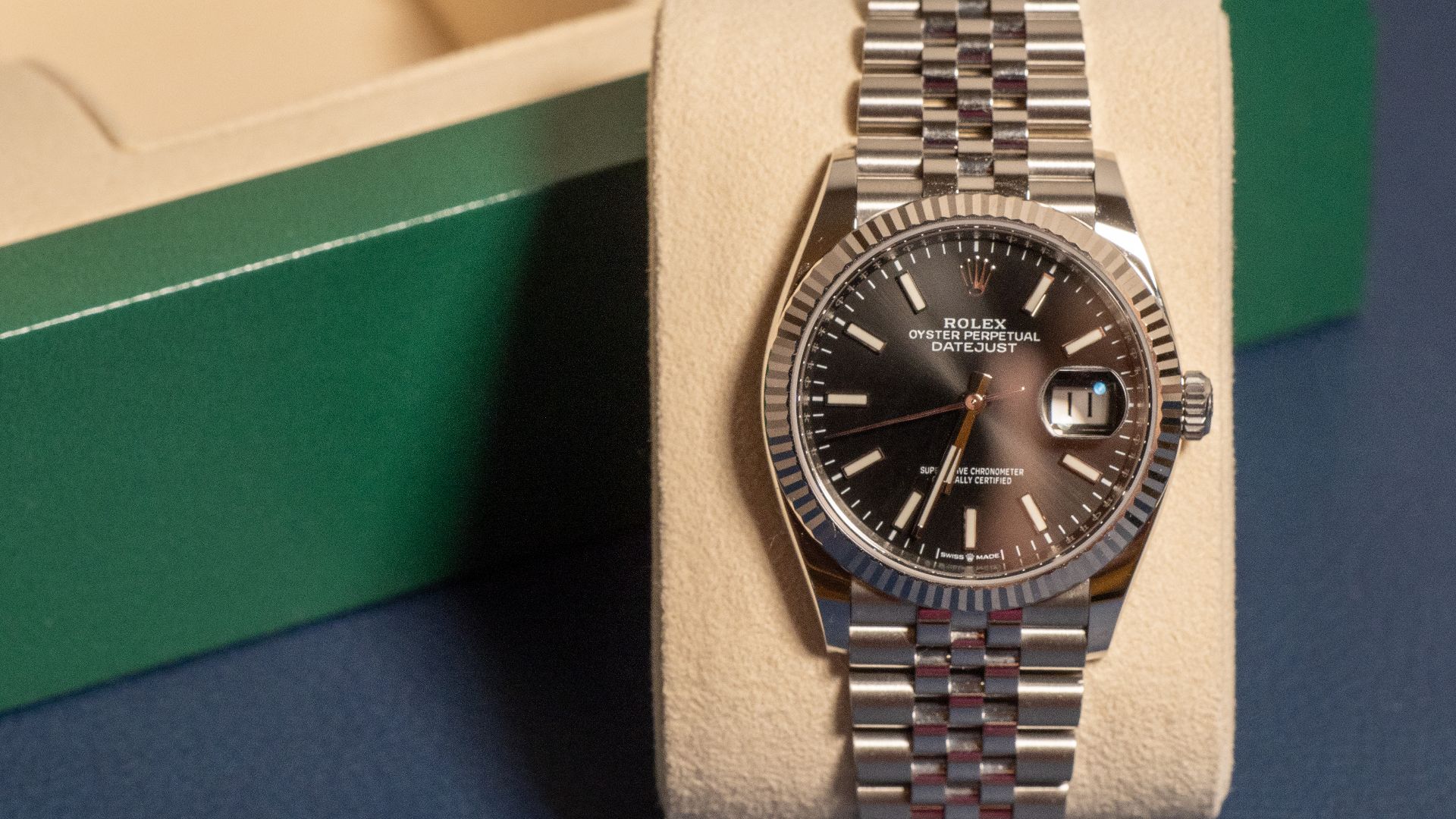 ajay_suresh, Wikimedia Commons
ajay_suresh, Wikimedia Commons
Most Expensive Watch
As of 2025, the most expensive watch in the world is the Graff Diamonds Hallucination, valued at 55 million USD. The Graff Diamonds Hallucination is a one-of-a-kind luxury masterpiece crafted by British jeweler Graff. It features over 110 carats of rare, vividly colored diamonds.
 'A Sculptural Masterpiece' - The 55 Million Dollar 'Hallucination' by Graff
'A Sculptural Masterpiece' - The 55 Million Dollar 'Hallucination' by Graff
Limited Editions
Many vintage watches were originally created in small batches of just a few hundred or even dozens. Check for special engravings or unusual dial markings that might indicate limited production. A numbered case (like "57/500") almost always signals collectibility and can increase value by 30–300% over standard models.
Movement Quality
High-end watches contain meticulously finished movements with hand-polished components, intricate engraving, and innovative engineering solutions. Certain calibers have achieved legendary status—the Zenith El Primero, Omega Caliber 321, or Vacheron 1120 immediately enhance a watch's desirability. Examine the movement through the display case back.
Case Materials
Materials tell a great deal about a watch's value. Precious metals instantly boost baseline worth, with platinum commanding the highest premium, followed by gold, then steel. A solid 18k gold vintage watch case typically contains between $1,000–$5,000 in precious metal alone.
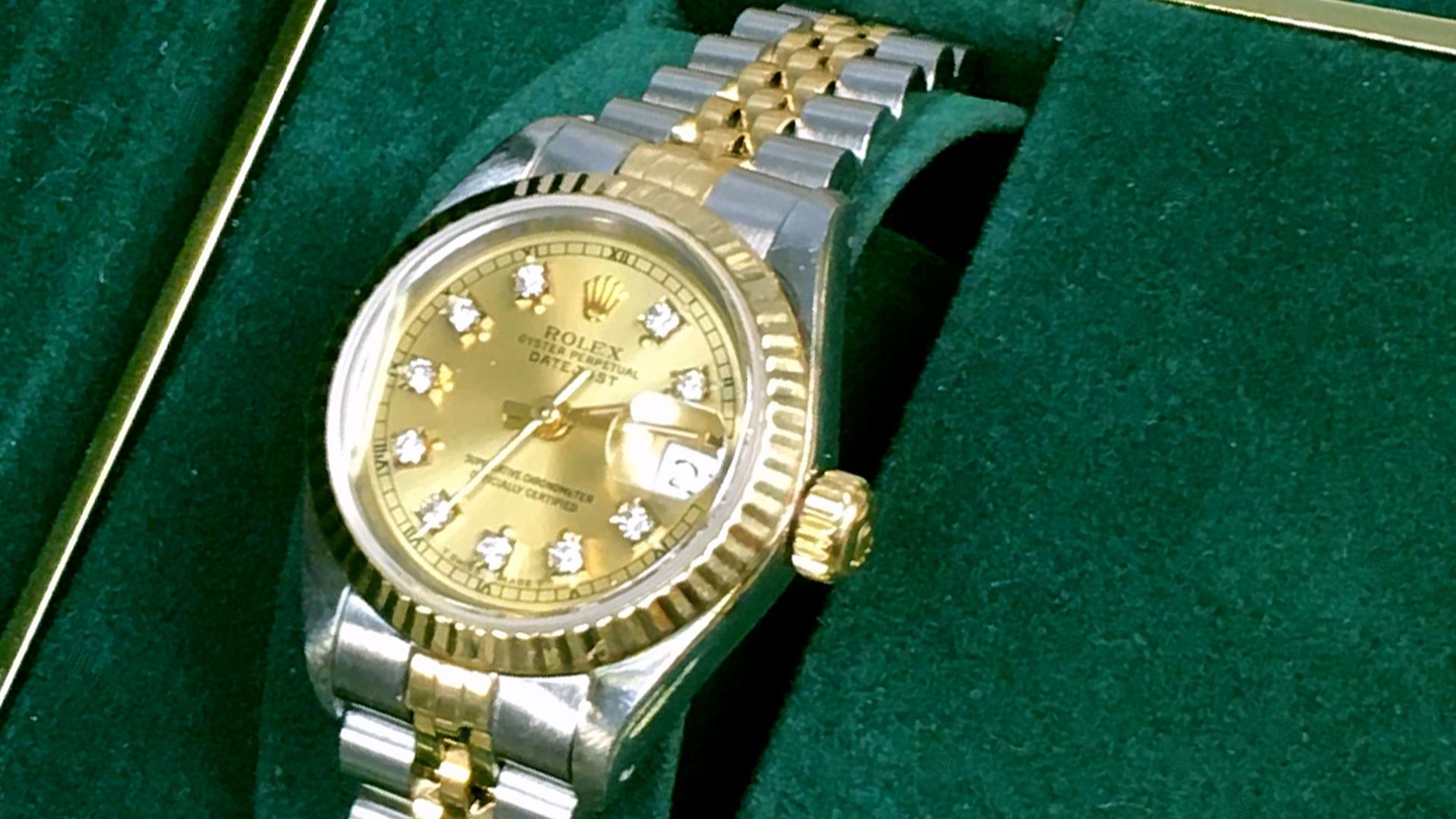 Jonathan Mauer, Wikimedia Commons
Jonathan Mauer, Wikimedia Commons
Dial Condition
Original dials dramatically affect collectibility. Over decades, sunlight gradually alters colors. "Tropical" dials that have aged from black to brown can surprisingly triple a vintage watch's value. Microscopic details matter; experts examine printing quality, font consistency, and luminous material.
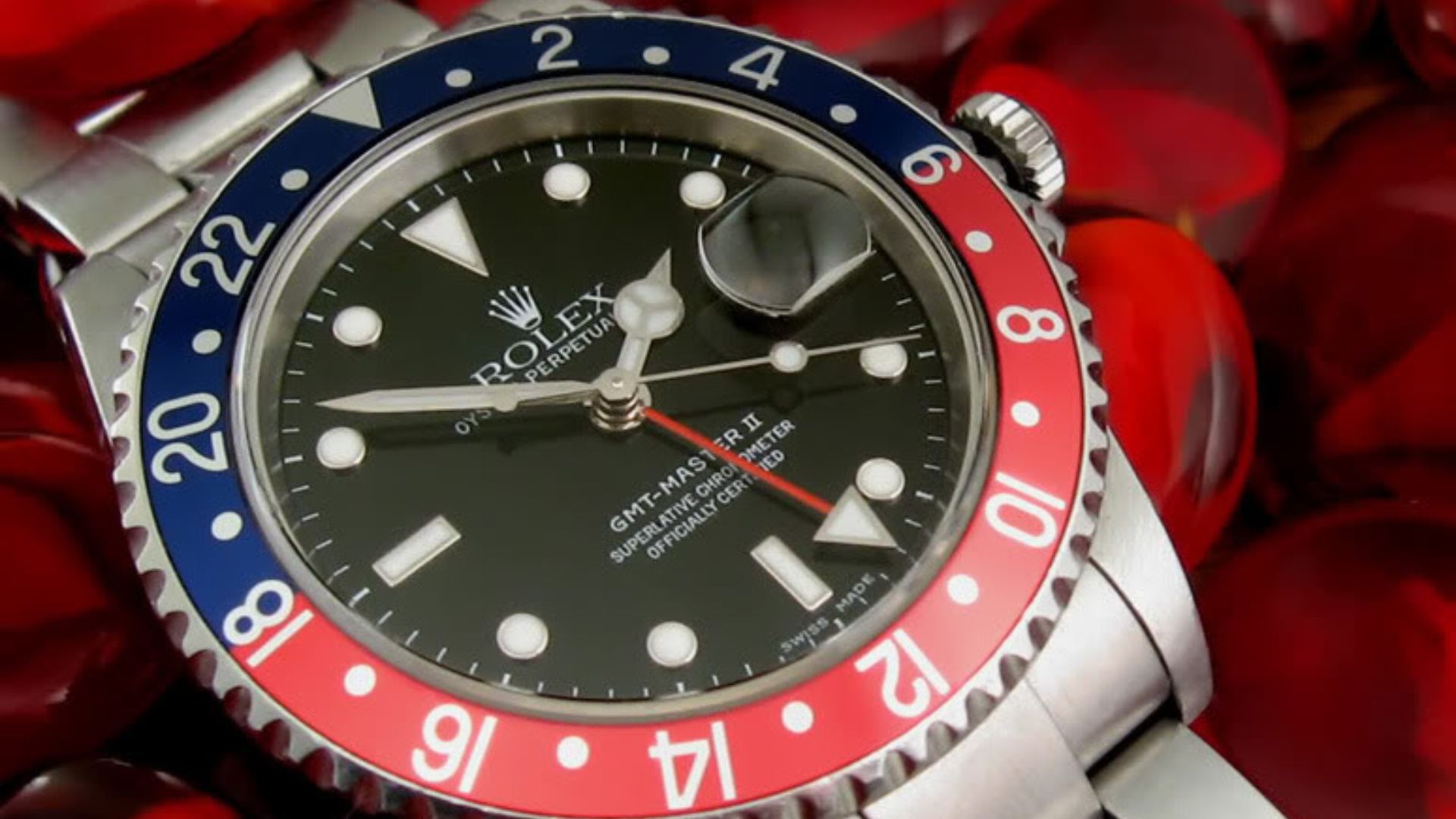 Juho Eskela, Wikimedia Commons
Juho Eskela, Wikimedia Commons
Provenance Importance
Who owned your watch? Previous famous owners can multiply value exponentially. Paul Newman's own Rolex Daytona sold for $17.8 million in 2017. Beyond celebrities, watches owned by historical figures, military officers, or with documented interesting stories attract serious collector interest.
 Bernard Gotfryd, Wikimedia Commons
Bernard Gotfryd, Wikimedia Commons
Market Trends
The vintage watch market evolves constantly. Steel sports watches currently command unprecedented premiums, while dress watches remain undervalued. Smaller brands experience periodic revivals as collectors discover forgotten gems. Research recent auction results to spot emerging trends.
Age Factors
Not all old watches are valuable. The sweet spot for collectible vintage watches usually falls between 1950 and 1980. Pieces from this era combine historical significance with reasonable durability. Earlier watches (pre-1950) often have more delicate movements requiring expert service.
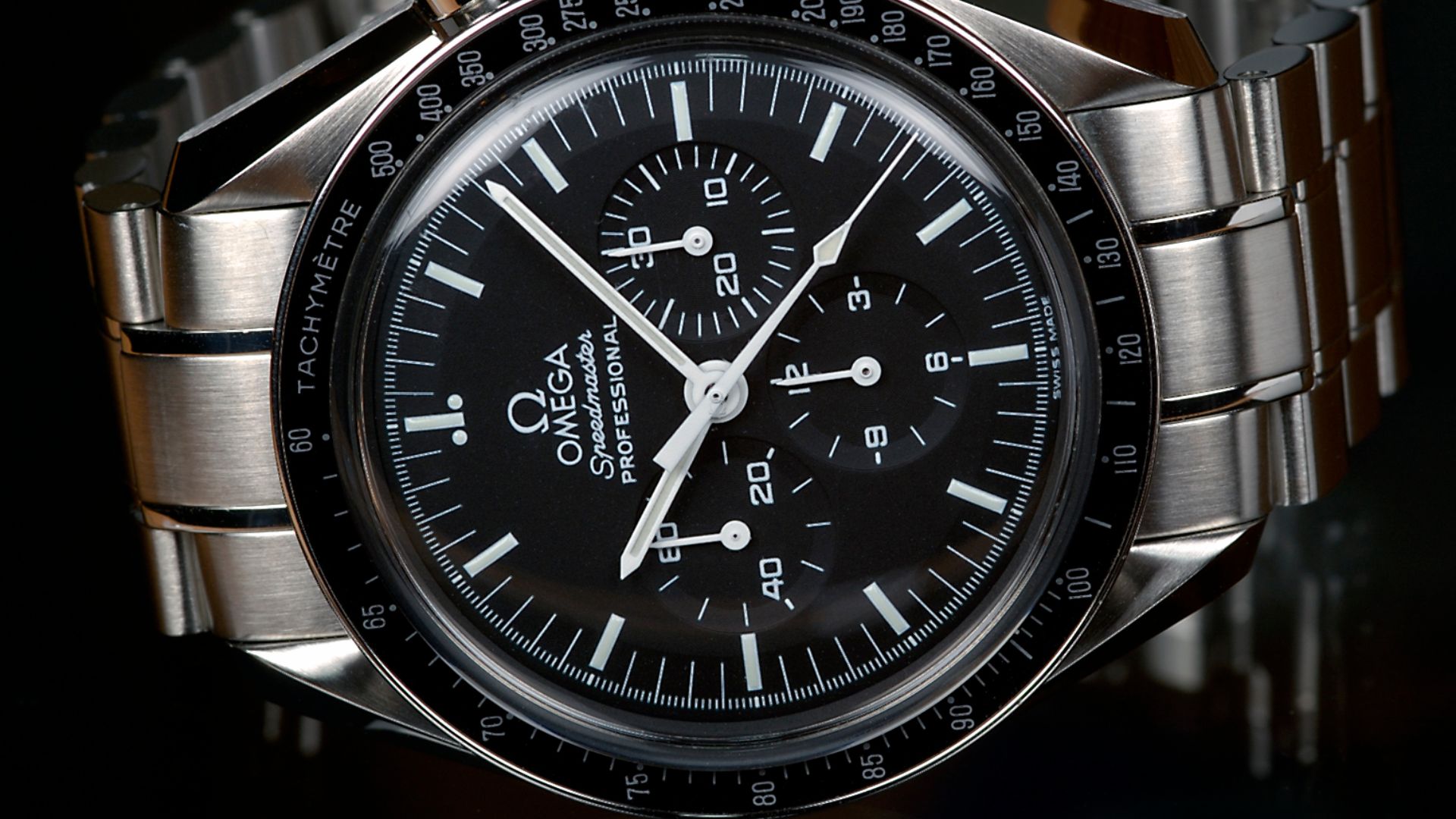 Torsten Bolten, Wikimedia Commons
Torsten Bolten, Wikimedia Commons
Rarity Assessment
Scarcity dramatically influences value, but requires research to confirm. Some watches appear rare simply because few survived, not because few were made. Others had production interrupted by factory closures or design changes. Limited distribution models sold only in specific countries often become highly sought after.
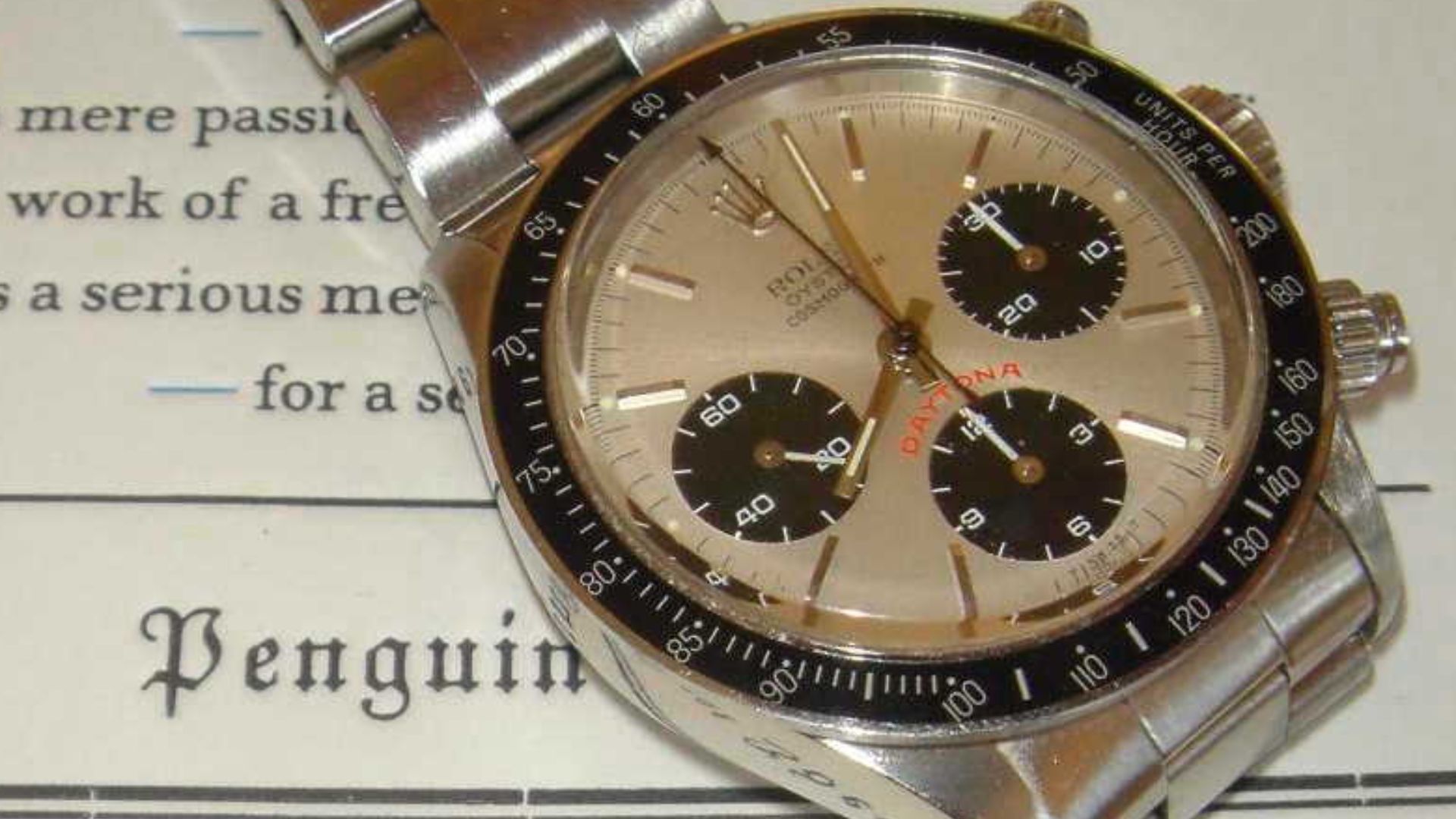 Rastapopoulos at English Wikipedia, Wikimedia Commons
Rastapopoulos at English Wikipedia, Wikimedia Commons
Original Components
Collectors prize originality above all else. A watch with its original dial, hands, crown, and bracelet commands significantly higher prices than one with replacement parts. Replacement dials ("redials") can reduce value by 50–80%, even when done professionally. The aging process creates a harmonious patina.
Complication Value
The more complex your watch's functions, the greater its potential value. Chronographs, perpetual calendars, minute repeaters, and moon phases represent significant engineering achievements. These complications required additional craftsmanship, increasing both original cost and collector appeal. A basic time-only vintage Patek Philippe might fetch $10,000.
Patina Evaluation
Well, the perfect aging process enhances vintage appeal. Natural patina—the subtle oxidation of metals and fading of colors—tells a watch's authentic history. Collectors seek evenly aged dials with warm toning rather than spotty discoloration. Gold cases develop a distinct honey hue impossible to replicate artificially.
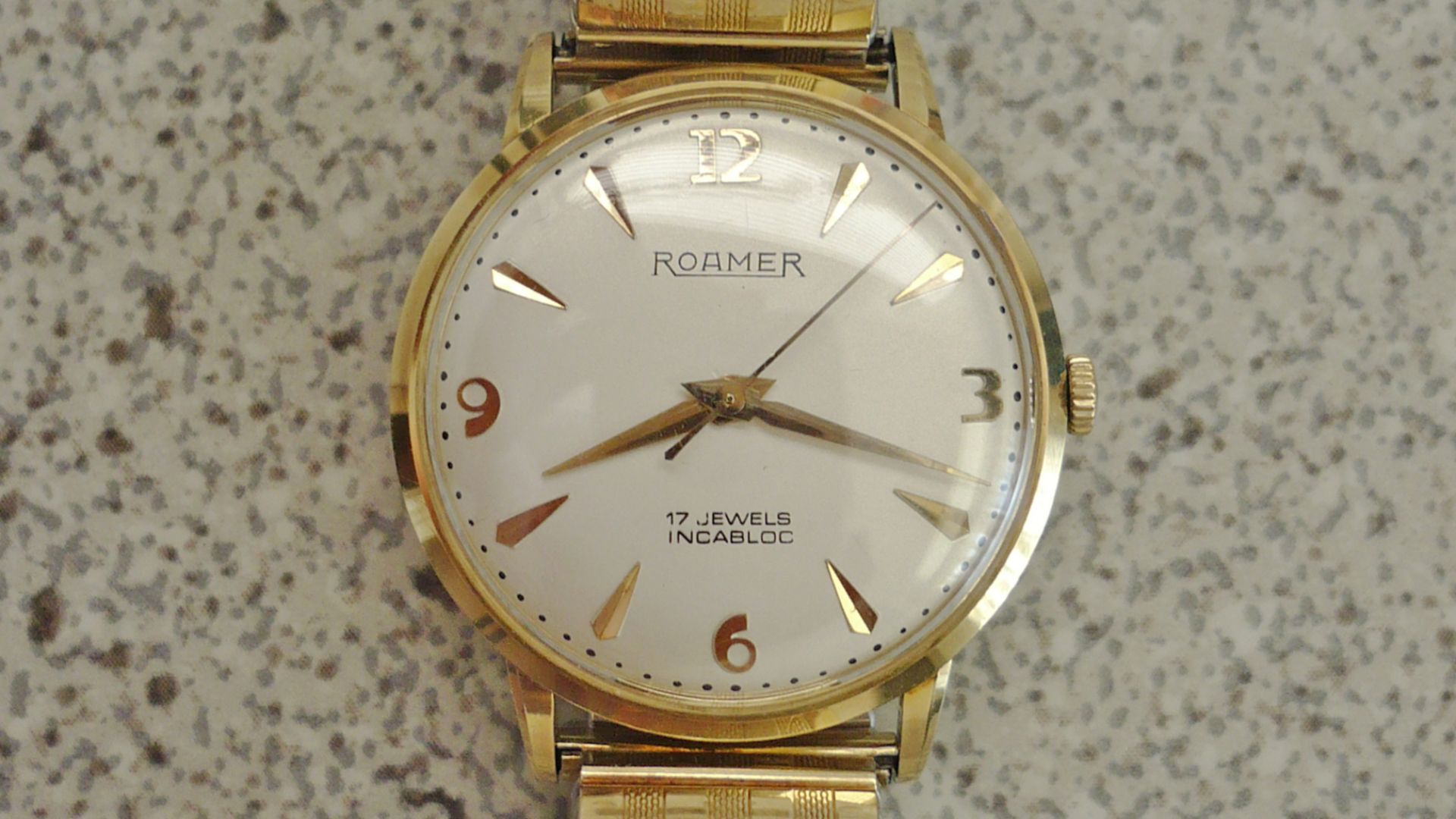 Francis Flinch, Wikimedia Commons
Francis Flinch, Wikimedia Commons
Celebrity Connections
Watches worn by icons often become icons themselves. Steve McQueen made the Heuer Monaco famous, while James Bond elevated Rolex and Omega to household names. Beyond Hollywood, watches associated with astronauts, race car drivers, and explorers gain legendary status among collectors.
Military Heritage
Service watches command premium prices for their historical significance and purpose-built design. Militaries worldwide commissioned specific watch models with unique specifications that differed from civilian versions. Look for special engravings on the caseback—British watches often bear broad arrow markings.
Documentation Importance
Original papers convert an anonymous watch into a documented treasure. Factory certificates, purchase receipts, service records, and warranty cards provide important authentication and historical context. Complete documentation can increase value by 30–100% depending on the brand. For rare models, paperwork sometimes highlights production dates.
 My First Luxury Watch | Rolex DateJust Unboxing by VideoWaliSarkar
My First Luxury Watch | Rolex DateJust Unboxing by VideoWaliSarkar
Dial Variations
Small text differences can yield enormous value disparities between seemingly identical watches. Collectors categorize dials by production era, known as "marks" (Mark I, II, etc), each with specific text positioning, logo styles, or certification designations. Rare variants like early "red" Rolex Submariners or "double Swiss" Omega Seamasters command huge premiums.
Serial Numbers
These tiny engravings unlock your watch's production date and authenticity. Manufacturers typically engraved serial numbers on the movement and case, providing important dating evidence. Online databases and reference books correlate serial numbers with production years for major brands.
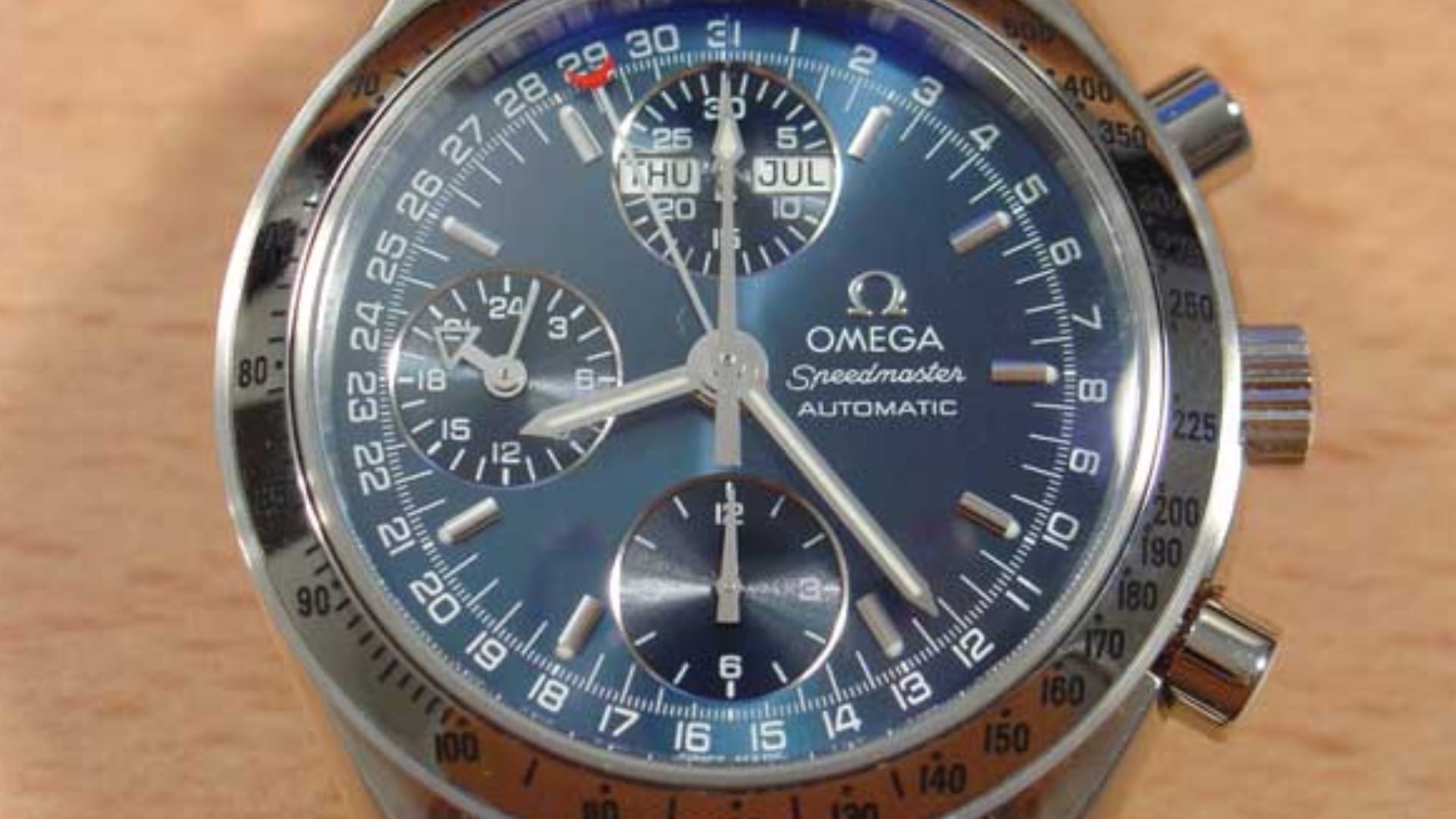 The original uploader was PCStuff at English Wikipedia., Wikimedia Commons
The original uploader was PCStuff at English Wikipedia., Wikimedia Commons
Historical Significance
Watches that witnessed history carry compelling stories that enhance their value. Timepieces from pivotal moments such as moon landings, famous expeditions, or historical events connect us tangibly with the past. The first waterproof watches, first automatic movements, and first quartz models represent technological watersheds that collectors prize.
Service History
Regular maintenance preserves both function and value. Well-documented service history demonstrates careful stewardship through generations. Vintage watches require service every 3–5 years, though many go decades without proper attention. Records from authorized service centers provide authentication and confirmation of originality.
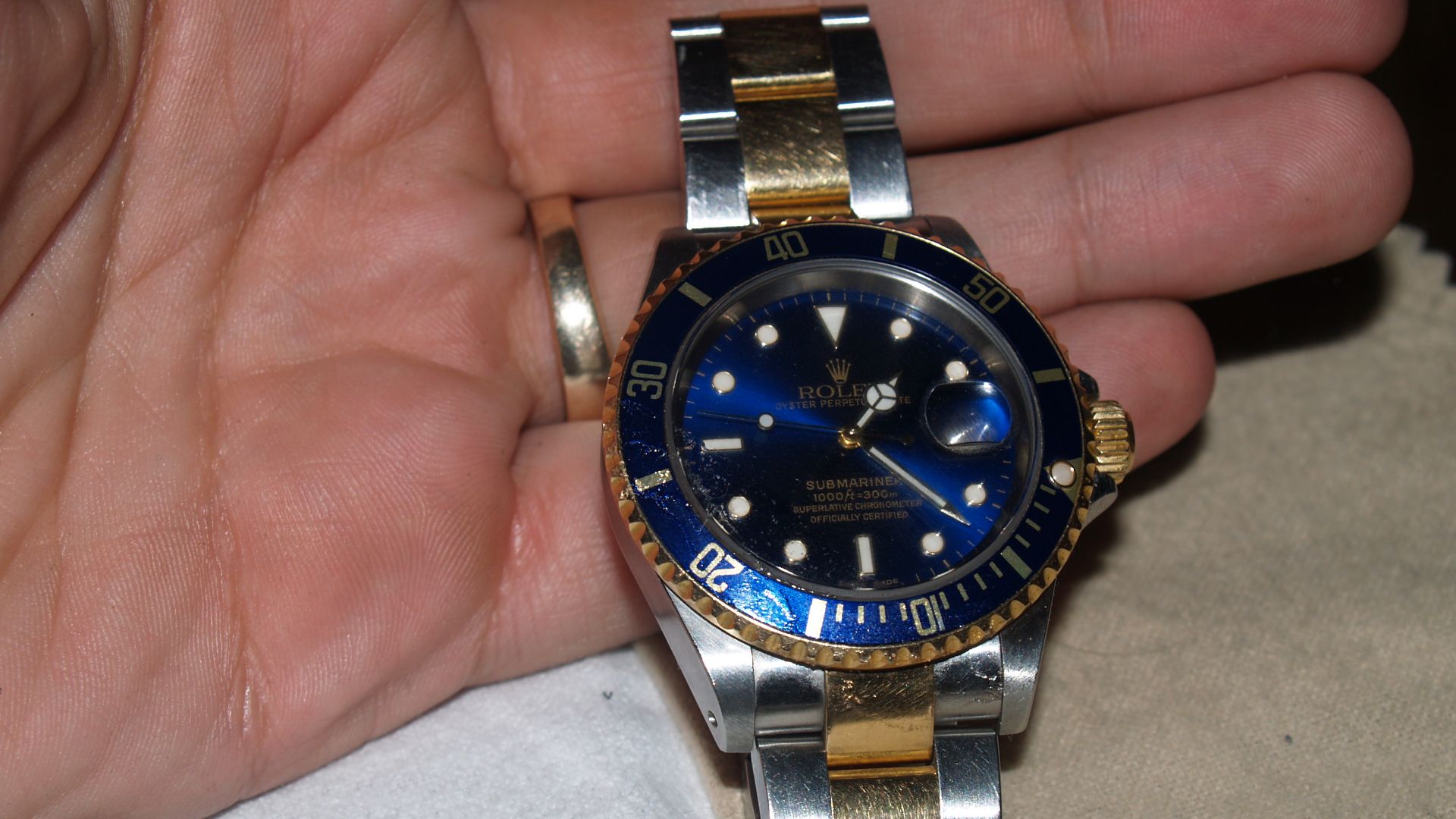 Eternalsleeper at English Wikipedia, Wikimedia Commons
Eternalsleeper at English Wikipedia, Wikimedia Commons
Size Trends
Watch case diameters reflect changing fashion preferences throughout horological history. Early wristwatches (1920s–1940s) generally measured just 28–32mm and are considered diminutive by today's standards. The mid-century period (1950s–1970s) established the classic 34–36mm size. Contemporary collectors increasingly appreciate vintage proportions, reversing the "bigger is better" trend of the 2000s.
Box Inclusion
Complete "full sets" with outer box, inner box, warranty card, manual, and hang tags tend to gain 20–50% premiums over plain watches. Boxes themselves sometimes feature luxurious materials like burled wood, leather, or velvet, becoming collectible items independently.
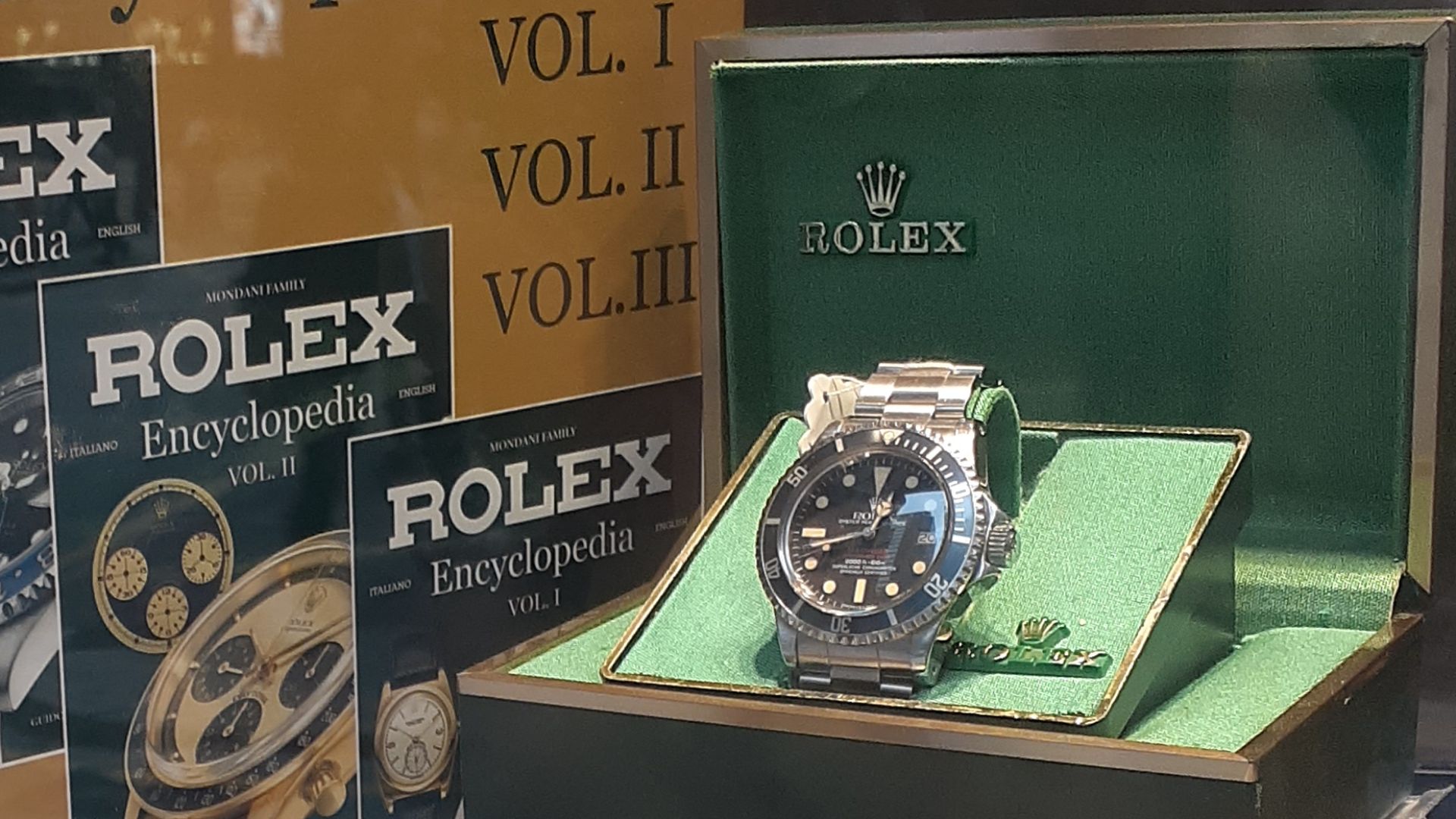 Dorefuom 993, Wikimedia Commons
Dorefuom 993, Wikimedia Commons
Maker Marks
Case backs often bear hallmarks indicating place of manufacture, precious metal purity, and the specific case manufacturer. Major brands frequently outsourced case production to specialists like Spillmann, Genta, or Borgel, whose distinctive marks increase collectibility. Movement bridges generally feature manufacturer engravings and quality designations.
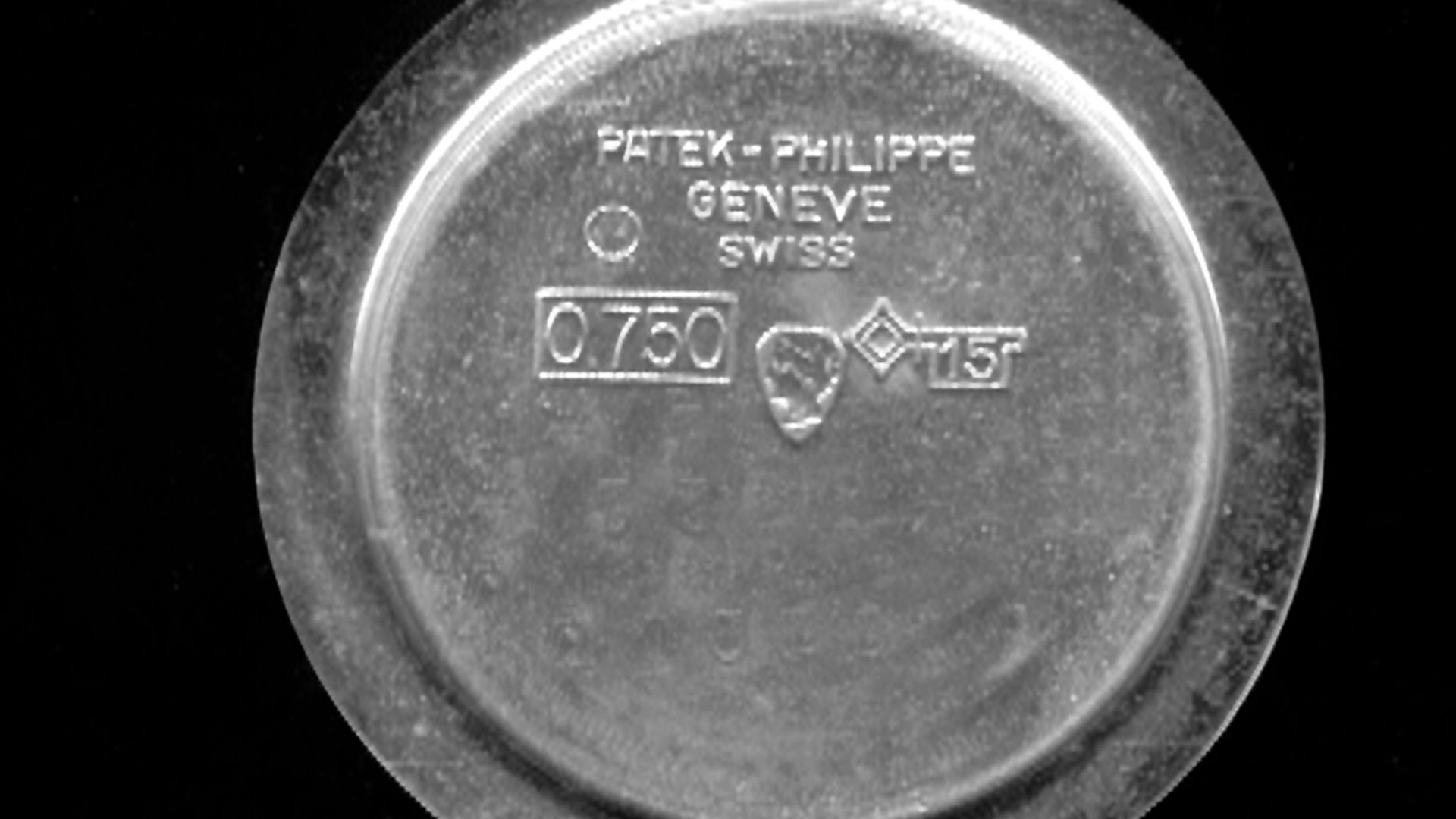 Lupus in Saxonia, Wikimedia Commons
Lupus in Saxonia, Wikimedia Commons
Auction Results
The ultimate reality check for vintage watch valuation comes from recent auction performance. Major houses like Phillips, Christie's, and Sotheby's establish market benchmarks through competitive bidding. Research completed auctions for models similar to yours, noting condition descriptions and final hammer prices.
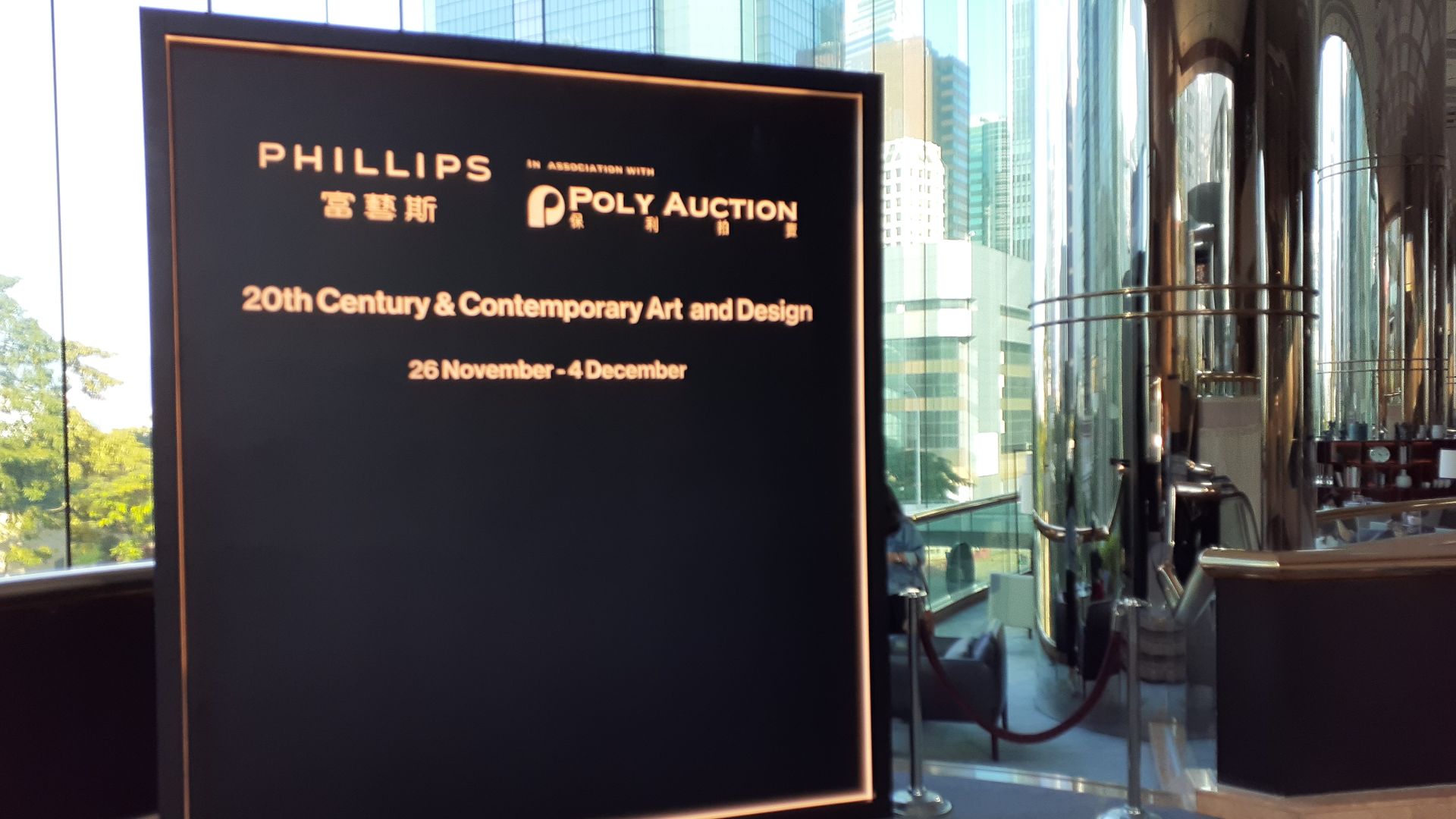 Lam Yuean Geei Sosamz, Wikimedia Commons
Lam Yuean Geei Sosamz, Wikimedia Commons

